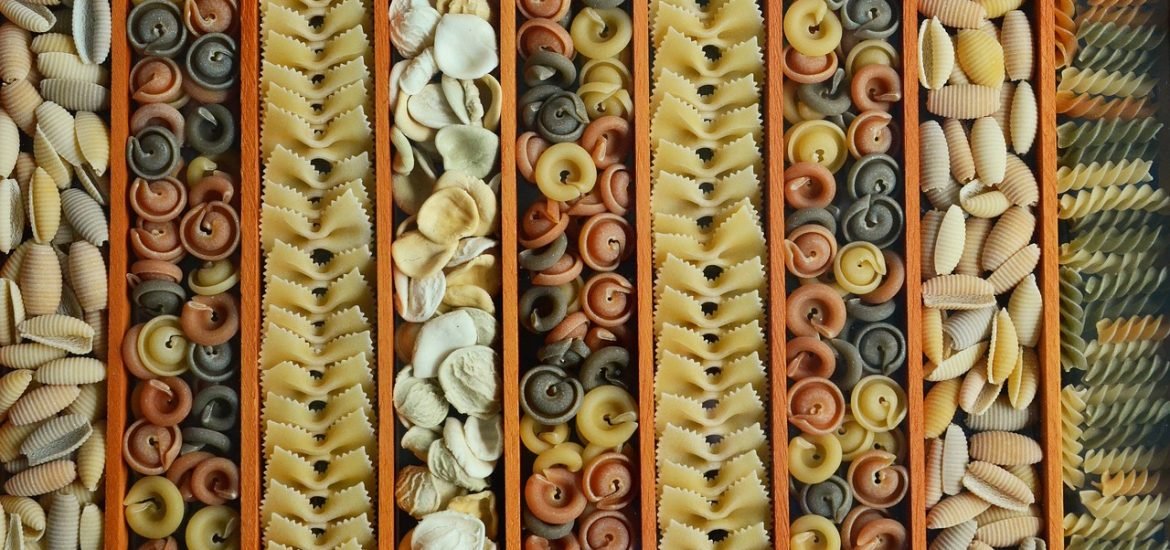
Gluten-free products do not always have the same nutritional value as similar products with gluten, according to a study published in the scientific journal Foods. To come to this conclusion, a team from the University of the Basque Country (UPV/EHU) has spent the last nine years monitoring gluten-free products available on the market.
Cases of coeliac disease have increased recently, which can be explained by environmental factors and better diagnoses. As a result, most people are familiar with a gluten-free diet, which is often seen as healthier than a diet containing gluten. This is a misconception, and it may be counterproductive. “Certain attributes that are not in themselves related to diet are ascribed to diet. The data show that gluten-free products are not healthier”, according to Jonatan Miranda-Gómez, a pharmacist at the UPV/EHU and researcher in the Gluten 3S research group. This group is accredited to guarantee that gluten-free products are actually gluten-free.
This analysis has been going on for many years. “In 2014, we published a fairly ground-breaking scientific paper. In it, we compared 200 gluten-free foods with their gluten-containing equivalents. Nutritionally, they are not on a par with each other,” said Miranda-Gomez. Many gluten-free products contain more unsaturated fatty acids than their counterparts with gluten. In addition, they were lower in fibre and high in salt.
But many of the products are changing, and the team feels it’s time for another analysis. Also, the general population is now more aware of gluten sensitivities, and products also need to cater to these patients. “The industry has been aware of that,” said Miranda-Gomez. “So it has developed more products, which has allowed the industry itself to do more research and take other components into consideration.”
Products are improving, but they still have — in general terms — a lower nutritional value compared to products with gluten. Patients using this diet must be aware of these limitations and find ways to compensate. Take pasta, for example. Gluten-free pasta is made from maize. This has always been the main ingredient, but the second most important ingredient has changed from rice flour to millet. “This has had a positive effect on nutrition,” said Miranda. “To produce pasta, you have to extrude it, and millet allows extrusion to be carried out using fewer lipids.”
For drinks — like beer, for example — producers use an alternative approach. Instead of using gluten-free ingredients, they use enzymes to break down gluten added during the clarification process. “But this process has another limitation,” added Miranda-Gomez. “Harmful molecules may go unnoticed during routine analysis. Members of the Coeliac Association sometimes tell us that gluten-free beer disagrees with them.” To address this issue, a new line of research has been opened to analyse the problems of gluten-free beer.
Now, the team wants to add an environmental perspective to this research. “We want to find out the environmental impact of gluten-free food. They tend to have a greater impact than the rest because some ingredients need to be imported from abroad, for example. That impact would need to be reduced. For example, the sourcing of millet needs to be explored,” said Miranda.
Mármol-Soler, C.; Matias, S.; Miranda, J.; Larretxi, I.; Fernández-Gil, M.d.P.; Bustamante, M.Á.; Churruca, I.; Martínez, O.; Simón, E. Gluten-Free Products: Do We Need to Update Our Knowledge? Foods 2022, 11, 3839. https://doi.org/10.3390/foods11233839